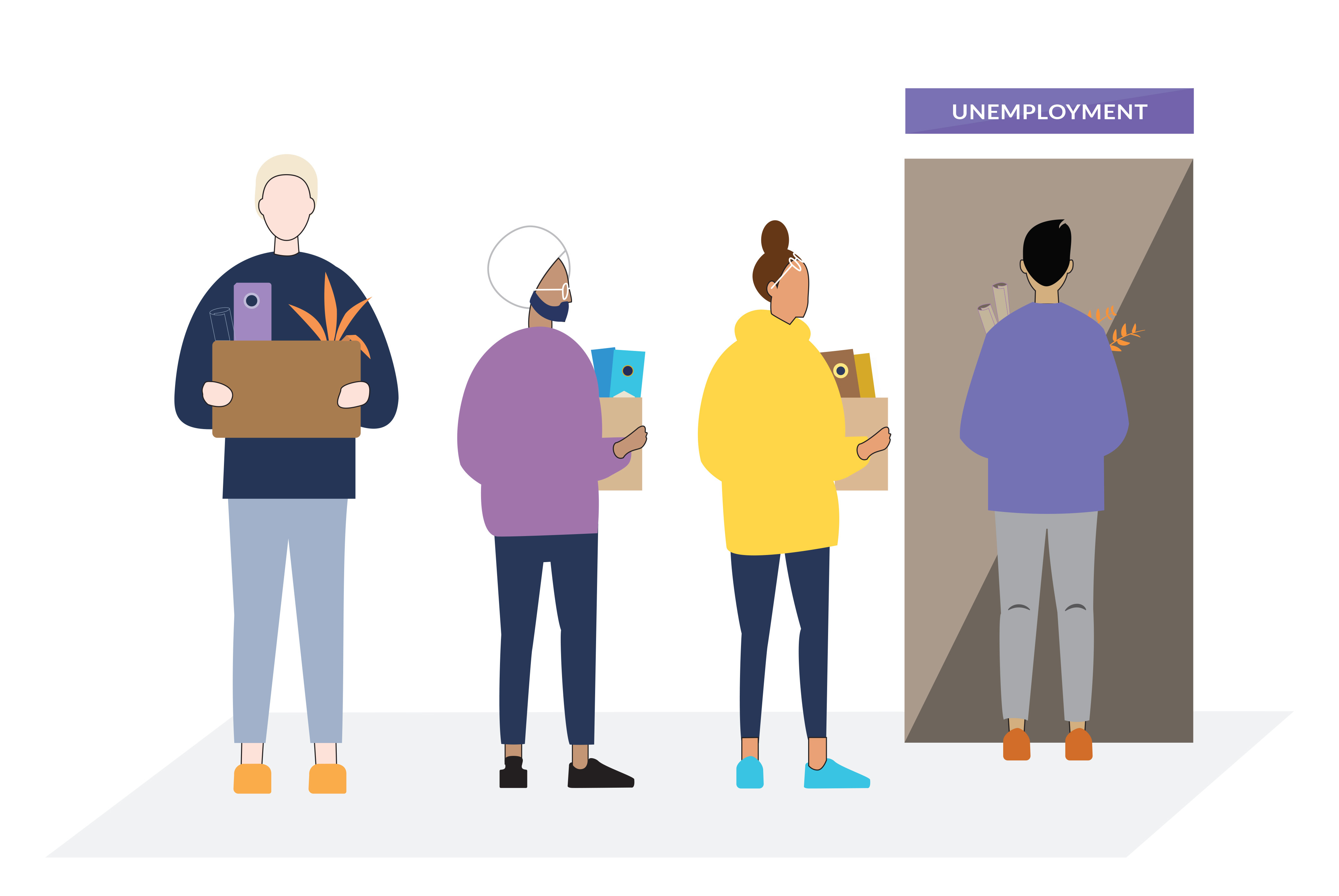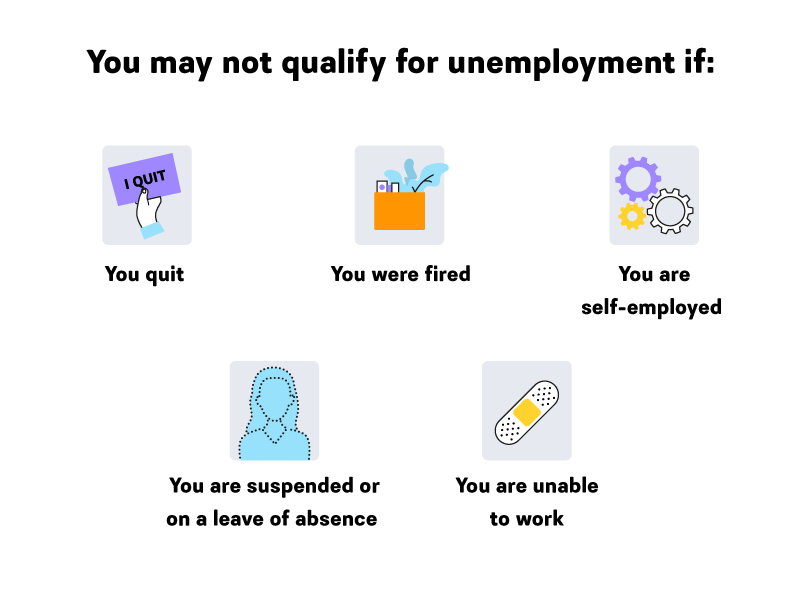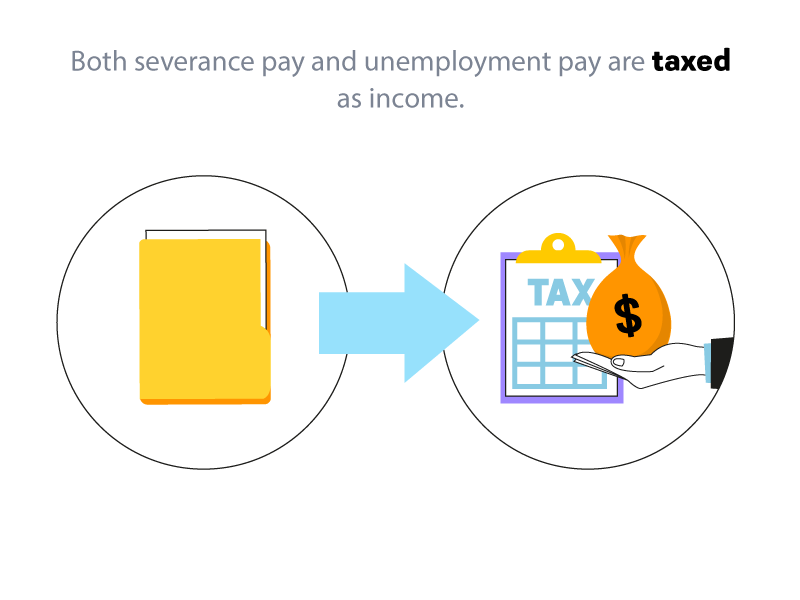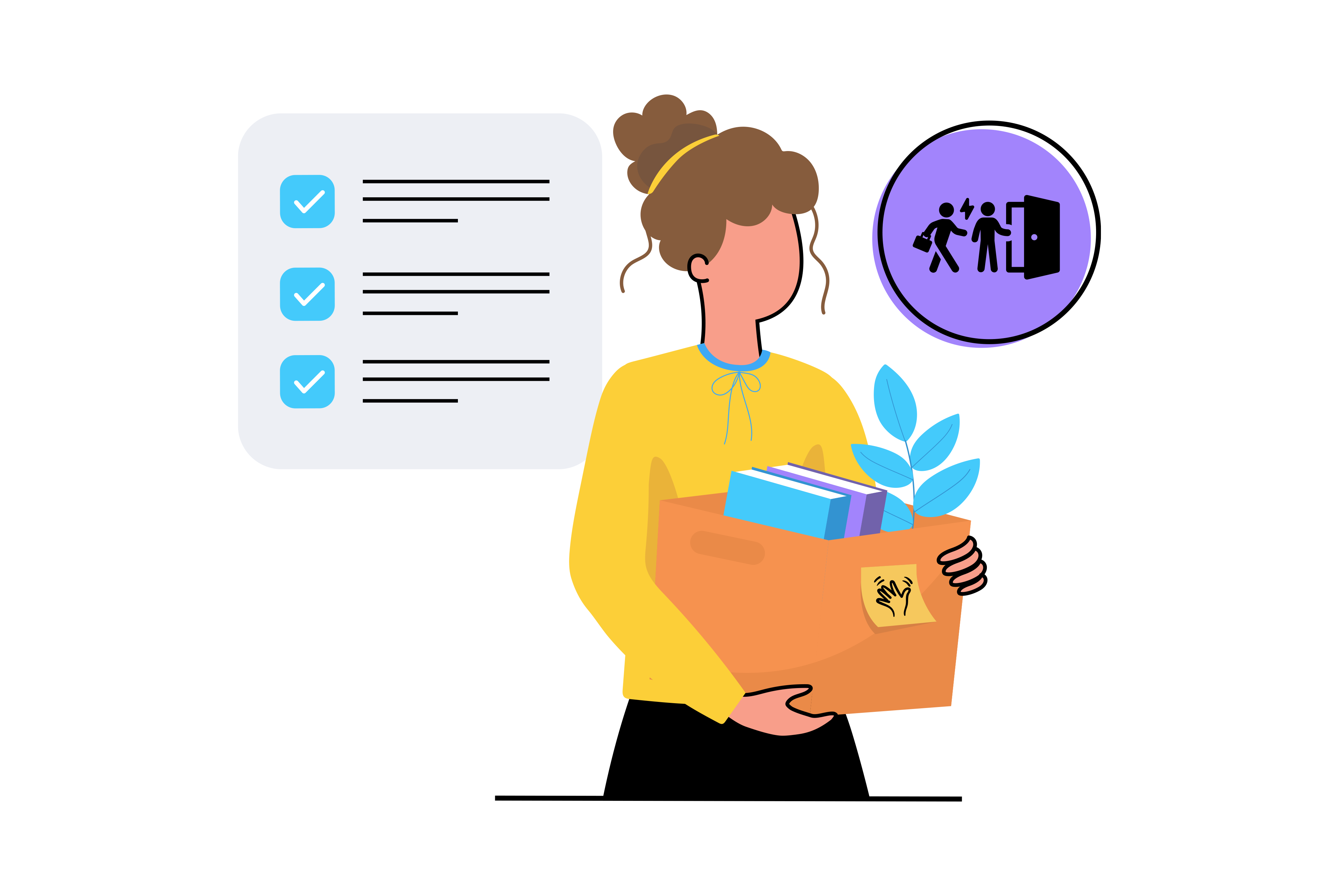Unemployment and severance both occur after the loss of one’s job; however, there are several differences between the two. To recognize the differences, it's essential to understand what unemployment benefits are and what severance pay entails. If you're wondering what is severance pay or how does unemployment work, keep reading to find out more about these benefits.

Understanding Unemployment Benefits
The Federal-State Unemployment Insurance Program provides unemployment benefits to eligible workers. Generally, unemployment benefit guidelines state that you must have worked for a certain period of time and that the loss of employment was beyond your control, such as a layoff. Every state has laws that dictate your eligibility for unemployment benefits, all of which adhere to guidelines established by federal law. Additionally, you must come from a company that pays into the unemployment insurance fund from your state. Regardless of your state’s laws for unemployment eligibility, it is important to know that all unemployment benefits are taxable. With this in mind, you may opt to have taxes withheld from each payment.
Several issues could impact your eligibility for unemployment, including situations in which:
- You quit
- You were fired
- You are self-employed
- You are suspended or on a leave of absence
- You are unable to work

Once you’ve determined your eligibility for unemployment, you should expect to receive about half of your average earnings for a fixed period of time.
Filing for Unemployment Benefits
The United States Department of Labor suggests contacting your State Employment Insurance agency as soon as possible after becoming unemployed to file a claim. Each state has different procedures to follow in order to file for unemployment. You can find out more about filing for unemployment through the official department of labor website for your state. Check with your state unemployment office to determine which benefits you are entitled to within your state.
When filing for unemployment, you will typically need the following information:
- Your social security number
- Your current phone number and address
- Copies of forms SF8 and SF50, if you were a federal employee within the last 18 months
- Driver’s license, state ID, voter registration, or another form of government-issued ID
- Alien registration card number and work permit, if you are not a U.S. citizen
- Employer’s Federal ID number, which can be found on your W-2 or pay stub
- The names, addresses, and phone numbers of your past employers
- Dates worked along with the gross pay from your employer
Once you have made your unemployment benefits claim, remember to print your confirmation or write down your claim information. Keep in mind that most states allow you to check on your claim status, as well as your claim history, over the phone or online.
You may also be asked to provide additional information to ensure that you’re receiving all of the benefits to which you are entitled.
Here are a few common questions:
- Are you owed any vacation or holiday pay?
- Do you want taxes withheld from your unemployment check?
- What was the reason that you left the job? In order to qualify for unemployment benefits, regardless of which state you live in, you will need to prove that you are out of work for no fault of your own.
Occasionally, your claim can be denied. However, there is an appeal process that can help you receive your benefits. Keep in mind that appeals need to be made within a specific time frame. Additionally, your previous employer can appeal a determination if they disagree with the state’s decision.
Receiving Unemployment Benefits
It takes about two to three weeks after you’ve filed your claim to receive your benefits, and every state has different disbursement options. Typically, you can expect to either have a check mailed to you or receive electronic payments directly to your bank or a debit card. For states that require or allow direct deposits, you must add your bank routing or checking account numbers. Some states may give you your unemployment benefits through a debit card. This state-provided debit card will work like any bank-issued debit card, meaning that you can withdraw cash at an ATM, use the card in any store, and pay bills.
Once you’ve filed your initial claim, you will then need to file every week to continue receiving benefits. Recipients of unemployment benefits must report any job offers or refusals of work during that week. Benefits will automatically cease if you skip a week of filing. If you don’t receive your benefits or they are more than a few days late, call your unemployment office. Your payment could have been delayed for various reasons, such as it may not have been processed yet, or there could be additional issues that they will help you handle.
Avoid Scams
Unfortunately, scammers have found that it’s not all that difficult to steal from people electronically. Keep yourself safe by not sharing personal information if you’ve received a phone call, email, or text requesting additional information.
Typically, scammers ask for the following information:
- Bank card or direct payment card number
- Direct deposit account number
- PIN number
- Social security number

Remember that after your claim is set up, unemployment offices will not ask for additional personal information.
Finding Employment Opportunities
Unemployment claimants may be directed to register for work with the State Employment Service. This can help you expedite your job search. Even if you are not required to register for this service, you can still receive assistance finding a job from the Employment Service. Staff members can refer you to job openings in your area or other parts of the state or country, depending on your relocation preference. Additionally, they can refer you to training programs to help you become qualified for other types of work or grow in your career. There are also plenty of job board websites to help your job search along.
Understanding Severance Pay
Severance is often granted to employees when they are terminated from employment. It can be dispensed as one single payment or a series of payments. These payments are taxed, as they are considered income, and the amount depends on how much you receive. Typically, the severance amount is based on the length of employment before termination. Since severance pay is based on an agreement between an employer and an employee, there is no severance requirement in the Fair Labor Standards Act (FLSA). However, the Employee Benefits Security Administration (EBSA) can help assist an employee that did not receive severance benefits from their employer-sponsored plan.
One thing to keep in mind is that you do not have to accept a severance agreement immediately. In fact, you can stall and review the document. Usually, you have up to 21 days to accept the agreement and up to seven days to change your mind. Remember to check your company guidelines so you do not miss specific cutoff dates.

Not Every Company Offers Severance Pay
Companies offer severance so you do not lose your income all at once. That being said, offering severance pay also looks good for PR, and often comes with a “general release” agreement. This is a legal document that releases the company from any of your future legal claims.
Under the Worker Adjustment and Training Notification (W.A.R.N.) Act, companies that have 100 employees or more and are laying off a lot of people are required to give you 60 days’ notice. Without this warning, you would be legally entitled to severance pay.
Who Receives Severance?
Often, those who are being laid off will receive severance. In some less common cases, however, severance can be offered to people who are being fired. You might receive severance if the job description changed after you were hired, your company believes that you tried to do the best that you could but the job wasn’t the right fit, or the reasons that you were fired were only performance-based and not related to your conduct.
On much rarer occasions, a company might offer severance pay if the company wants you to release legal claims. If they worry that you might have the grounds to sue them, they may provide severance with a “general release” form so that they are free of any legal actions.
In even rarer cases, you may receive severance pay when you quit. Normally, severance is for employees who are being let go, but sometimes, you can receive severance if your employer does not want to fire you but you both know the job isn’t going well.
What Is the Average Severance Pay?
Many people are preoccupied with the question: how much are severance packages? The answer, unfortunately, isn't so straightforward.
Every company that offers severance pays different amounts. Nevertheless, there is a basic formula to determine the average severance package. Typically, it is based on your salary and how long you’ve worked for the company. Company size, the length of your employment, position, and ranking, are all factors that play into your severance pay as well. Although some companies offer more or less than the average, one or two weeks of salary per year of employment is to be expected. Since there is no set severance pay amount, it’s important to realize that it is negotiable.
Severance can be more than monetary sums. In fact, you can negotiate with your employer to pay for your health insurance for a couple of months. This, however, is rarer and in no way legally required.
Can I Receive Both Unemployment and Severance Pay?
Just as every state has different unemployment benefits protocols, there are also differences regarding whether or not you can claim unemployment benefits and severance pay. As a rule of thumb, most states do not allow you to collect both. It’s important to check your state guidelines and laws to determine if accepting severance is the right decision for you. When deciding which option to take, check out your state unemployment agency for specific information, protocols, and guidelines.
What Are the Similarities Between Unemployment Benefits and Severance Pay?
The most notable similarity between unemployment benefits and severance is that both options are taxable as income. Additionally, both severance and unemployment benefits generally have some duration requirements.
Typically, you would have to work for a company for a certain amount of time to receive unemployment benefits from your state, as well as possibly receive severance pay. Moreover, there is usually a period during which you must accept your payment. This could be claiming unemployment benefits or accepting a severance offer.
What Are the Main Differences Between Unemployment and Severance?
The main difference between the two is the reason behind the job loss. With unemployment benefits, you must prove that the job loss was beyond your control. Typically, this entails a layoff of sorts. For severance pay, you can receive a payout regardless of why you no longer have a job, meaning that you could be fired and still receive additional funds.
Furthermore, only severance pay is negotiable. Unemployment benefits are managed according to your state’s guidelines, so you can only receive a set amount from your local government. Severance pay, on the other hand, is completely negotiable. One could use the amount of time they worked for the company as leverage to receive an additional payout. Remember, when it comes to severance pay, you could ask for additional benefits, such as extended healthcare or a robust package from your previous employer.

Lastly, unemployment benefits relate to federal and state laws, whereas severance pay is an agreement with your previous employer. Although laws protect individuals from being laid off without warning (W.A.R.N. Act), there are no state guidelines for receiving severance pay.
I’m Recently Unemployed, What Should I Do Next?
It is important to know that you have options. Once you’ve filed the paperwork to claim your unemployment benefits or signed for your severance package, it’s important to start planning your next move. The job hunt can be tiring, but some resources can simplify your search.
Joblist is a great option for finding opportunities that match your career path since the entire process is streamlined into one platform. Relevant opportunities can often be challenging to find, but with Joblist, you can access all available positions from many popular job boards in a single location.





